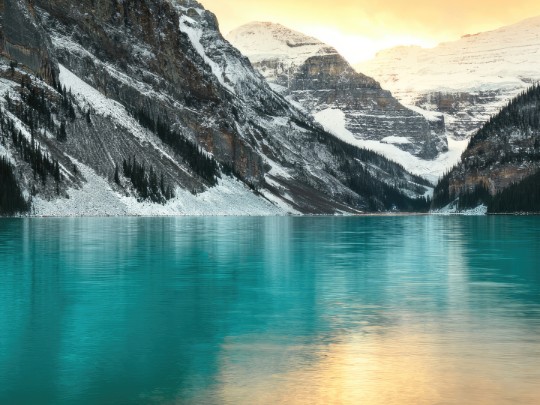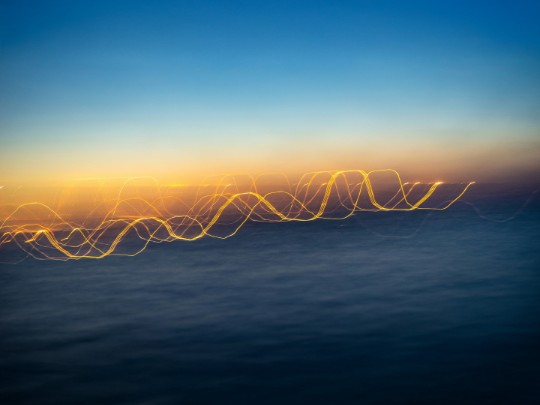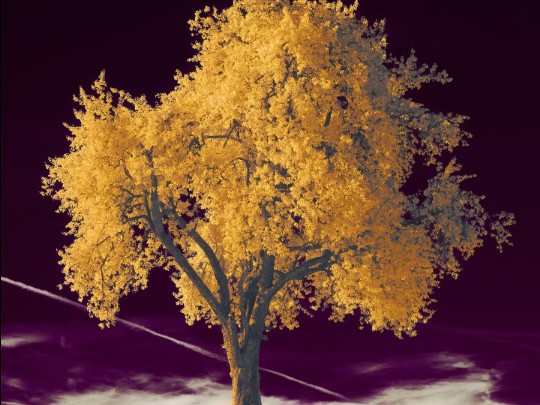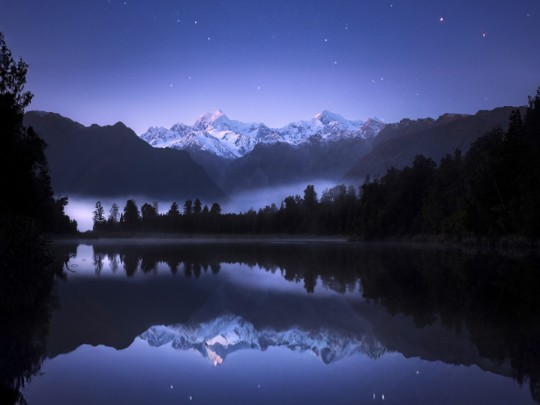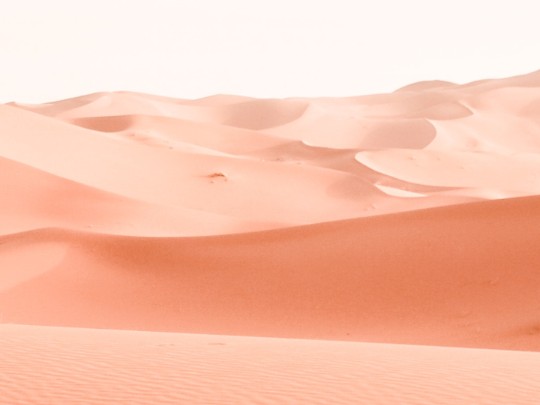The Magic of Ice and Snow: A Deep Dive into Their Textures and Formation
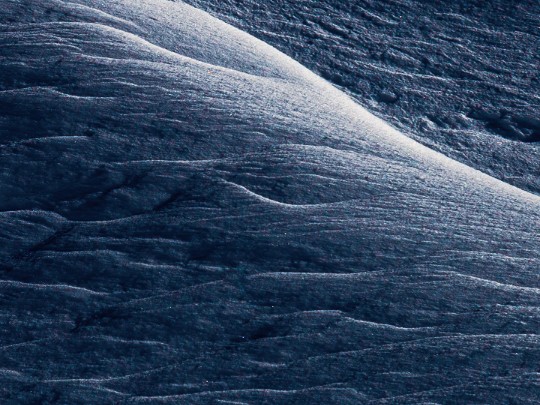
Few natural phenomena captivate the senses quite like ice and snow. Beyond their breathtaking beauty, these frozen wonders possess a remarkable diversity of textures – from the pristine smoothness of a glacial surface to the intricate, crystalline structure of a single snowflake. This exploration delves into the fascinating world of ice and snow textures, revealing the science and artistry behind their creation and why appreciating them can enrich our understanding of the natural world.
The Science Behind the Texture: Temperature, Humidity, and Wind
The texture of ice and snow isn't random; it's a direct result of environmental factors. Temperature plays a crucial role. Colder temperatures generally lead to smaller ice crystals and a more granular snow texture. Warmer temperatures, conversely, can create larger, more rounded crystals or even wet, slushy snow. Humidity is equally important. High humidity provides more moisture for crystal growth, resulting in larger, more complex structures. Wind also shapes the landscape, sculpting snowdrifts and influencing the way ice forms on surfaces.
Snow's Diverse Forms: From Powder to Ice
Snow isn't just 'snow.' It presents in a stunning range of textures. Powder snow, beloved by skiers, is formed in extremely cold, dry conditions, resulting in loose, fluffy crystals. Sintered snow, common in warmer temperatures, is denser and more compact due to the bonding of ice crystals. Graupel, sometimes called snow pellets, is formed when supercooled water droplets freeze onto snowflakes. And then there's rime, a delicate coating of ice that forms when water vapor freezes directly onto a surface.
Ice: A Spectrum of Appearances
Ice, too, exhibits a remarkable variety of textures. Clear ice, found in undisturbed freezing conditions, is remarkably transparent and strong. Glacier ice, formed over centuries under immense pressure, is dense and often bluish in color. Frazil ice, a slushy mixture of tiny ice crystals, can form rapidly in turbulent water. Sea ice, which covers vast portions of the Arctic and Antarctic oceans, displays a complex texture influenced by wind, waves, and the presence of snow.
Appreciating the Beauty and Understanding the Processes
Exploring ice and snow textures isn't just about appreciating their visual appeal; it's about gaining a deeper understanding of the complex processes that shape our planet. Whether you're a seasoned photographer seeking the perfect shot, a nature enthusiast captivated by the beauty of winter, or simply someone looking to connect with the natural world, taking the time to observe and analyze these frozen landscapes offers a unique and rewarding experience. Consider the subtle differences in texture, the interplay of light and shadow, and the powerful forces that have sculpted these ephemeral wonders. You’ll discover a world of beauty and complexity hidden in plain sight.
Beyond the Surface: Implications for Climate Change
The study of ice and snow textures also holds important implications for understanding climate change. Changes in snow cover and ice thickness can have profound effects on global weather patterns and sea levels. By carefully observing and analyzing these textures, scientists can gain valuable insights into the impacts of a warming planet.

